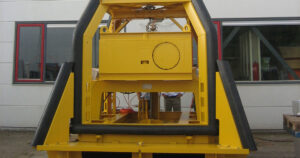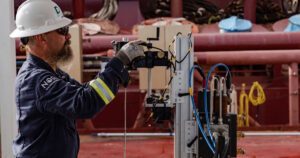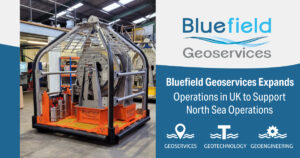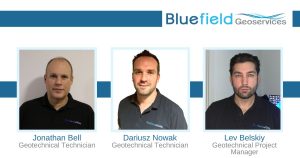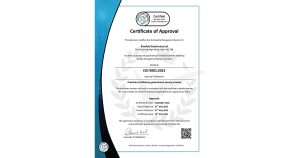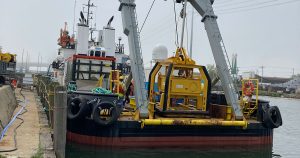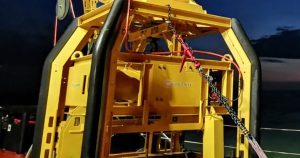As nations grapple with their latest net zero ambitions, questions...
Multidisciplinary Survey is Key to Energy Transition
This is an exciting time for the subsea survey services...
Bluefield Geoservices Expands Operations in UK to Support North Sea Operations
Bluefield Geoservices (Bluefield), a subsea geotechnical services provider with operations...
Bluefield Geoservices Expands Team Following Contract Wins
Bluefield Geoservices (Bluefield) has added three more professionals to the...
Bluefield Geoservices Performs Deepest-ever Seabed CPT
Bluefield Geoservices (Bluefield), an international subsea geotechnical services provider, today...
British Standards Institute (BSI) Awards Bluefield Geoservices ISO Certification
In May 2022, Bluefield Geoservices (Bluefield), an international marine geotechnical...
Bluefield Geoservices Expands Footprint in the US with New Contract Wins
Bluefield Geoservices (Bluefield), an international subsea geotechnical services provider, recently...
5 Minutes with Bluefield Geoservices’… Jon Beatty, General Manager
Besides Bluefield Geoservices’ custom geotechnologies and geoengineering solutions, the team’s...
CPT Unit Strengthens Bluefield Geoservices’ Offshore Wind Geotechnical Toolkit
The seabed environment poses well-documented challenges for offshore developers. The...
